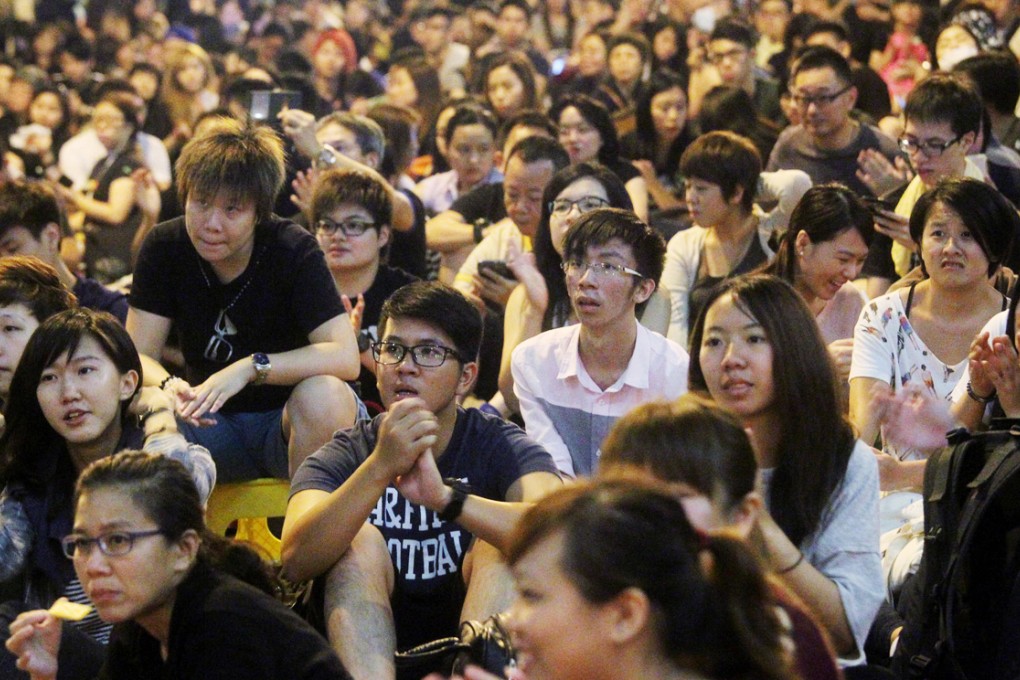Students federation opens talks, but says protests continue
Meeting to arrange talks with chief secretary doesn't bring agreement, and Admiralty sit-in continues despite warning it will be cleared by force

The Federation of Students last night began preparatory talks for a meeting with Chief Secretary Carrie Lam Cheng Yuet-ngor, but said its members would continue the protests that have paralysed parts of Hong Kong for a week.
That was despite Chief Executive Leung Chun-ying setting a deadline of 4am today for protesters to stop blocking access to government headquarters in Admiralty, or "appropriate force" would be used.
While the protesters vacated two lanes of Lung Wo Road, the main artery leading to the government offices, footbridges remained mostly blocked.
Live coverage for Occupy Central
The developments came after political, social and religious leaders called on protesters to step back from confrontation with police.
With the eyes of the world on Hong Kong, some governments have called on the administration to show restraint. But a senior US government official was quoted by The New York Times as saying Washington would not "get into the middle of this".
He said the US knew it had little leverage over China when it came to Hong Kong and Beijing had repeatedly told the US to mind its own business.